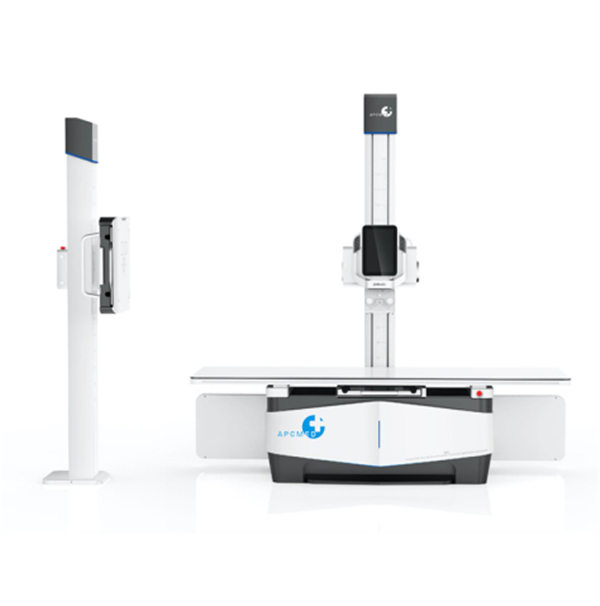How Does a Smart Home System Operate?
With competitive price and timely delivery, PFC sincerely hope to be your supplier and partner.
Understanding Smart Home Components
A smart home system integrates various technologies to create a cohesive living environment that enhances the comfort, security, and convenience of its occupants. At the heart of a smart home are devices like smart speakers, thermostats, lights, security cameras, and appliances. These devices communicate via a central hub or gateway, forming a network that can be controlled through smartphones, tablets, or voice commands.The core components of a smart home system include:1. **Smart Devices:** These are any appliances or gadgets that can connect to the internet and be controlled remotely. Common examples include smart bulbs, smart locks, smart thermostats, smart refrigerators, and home entertainment systems.2. **The Hub:** The hub acts as the central point in a smart home network, managing communications between devices that may be from different manufacturers. It enables seamless control over all connected devices.3. **User Interfaces:** Users can interact with their smart home systems through various interfaces, such as mobile applications, touch panels, or voice-activated virtual assistants like Amazon Alexa or Google Assistant.Connectivity and Communication Protocols
The operation of a smart home system relies heavily on connectivity and communication methods. Most smart devices communicate through Wi-Fi, Bluetooth, Zigbee, or Z-Wave protocols.- **Wi-Fi:** Offers high-speed internet connectivity, making it a popular choice for devices that require constant network access, such as cameras and smart TVs.- **Bluetooth:** While limited in range compared to Wi-Fi, Bluetooth is commonly used for devices that don't require a constant connection, such as wearable technology.- **Zigbee and Z-Wave:** These are low-power protocols designed for home automation. They allow multiple devices to communicate with minimal energy consumption, making them ideal for sensors and smart bulbs.Understanding these communication protocols is crucial for ensuring compatibility between different brands and products. Many smart home systems also support creating routines or scenes, allowing users to automate actions. For example, a user can program their smart home to have the lights dim and the thermostat adjust when a movie is about to start.Automation Features
One of the most significant advantages of smart home systems is their automation capabilities. These features enable users to set specific triggers based on environmental changes, time schedules, or user behaviors.- **Scheduling:** Homeowners can program devices to operate at particular times. For instance, lights can be set to turn on at sunset, while the thermostat can adjust the temperature to a preferred setting as residents arrive home from work.- **Geofencing:** This technology uses GPS or RFID to trigger actions when a user enters or leaves a designated area. For example, a smart home can automatically lock doors and turn off lights when everyone leaves.- **Integration with Other Systems:** Smart home devices can often integrate with other smart technologies, such as security systems or smart speakers, providing a comprehensive environment for users to manage their homes seamlessly.Security and Monitoring
A smart home system enhances security through a combination of surveillance cameras, motion detectors, and door sensors. These devices can send alerts to users about any unusual activity. Homeowners can remotely monitor their property using their smartphones, providing peace of mind when they are away.- **Smart Locks:** These can be controlled remotely, allowing homeowners to grant access to visitors without being physically present. Some smart locks even allow for temporary codes for service providers.- **Cameras and Sensors:** Smart cameras can provide live feeds and record video footage, while sensors can detect movements and alert homeowners or authorities during a break-in.In conclusion, smart home systems operate through a blend of integrated devices, seamless connectivity, and automation capabilities. They provide homeowners with enhanced control, security, and convenience. If you're interested in transforming your living space into a smart home, feel free to contact us for more information and assistance.Additional resources:How does a hydraulic ankle prosthetic foot work?
10 Questions You Should Know About Prosthetics and Orthotics Meaning
The Benefits of Using Leg Prosthetic Types
Key Questions to Ask When Choosing a 5 Function Electric Hospital Bed
10 Questions You Should Know About Electric Seven Function Hospital Beds Customized
How to Choose Types of Coffee Makers?
Disposable Medical Electric Staplers: Versus Traditional Manual Staplers
If you want to learn more, please visit our website hydraulic ankle prosthetic foot.
Additional resources:How to Measure Typical Hospital Bed Dimensions?
What features to consider in hospital bed mattresses?
Compact Digital Slit Lamp vs. Traditional Models: Key Differences
Evacuated Blood Collection Tube Guide
Revolutionizing Eye Care: Digital Slit Lamp Sharing
How Retinal Scanners Improve Security and Efficiency?
Understanding Hospital Bed Size Dimensions Explained












